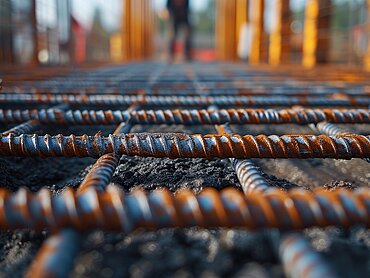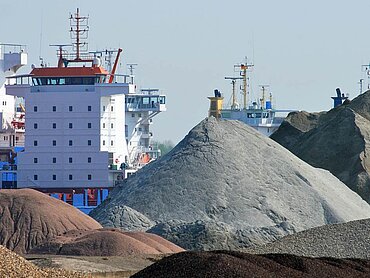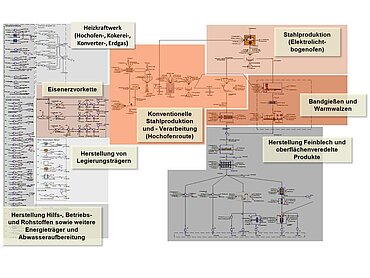Global population growth, increased consumption and requirement for future technologies, e.g. for the Energy Transition, are among the factors driving primary raw material demand. In consequence, the application of secondary raw materials represents a key instrument for resource conservation. Careful design of framework conditions could create a range of benefits including reductions in primary raw material consumption, reduced environmental impacts, and less dependency on primary raw material imports.
Increased recycling rates are dependent on material flow expertise. Recycling rates are often limited due to export of refined raw materials in product form, e.g. steel, aluminium in vehicles, or precious and semi-precious metals in IT products. Moreover, raw materials are frequently bound in products, buildings or infrastructure for long periods of time, effectively deposited as so-called anthropogenic stock (secondary material deposits in complex interaction with the environment).
Novel recycling strategies and technology progress enable better use of these secondary stocks. For instance, old landfills are nowadays interpreted as valuable deposits and assessed for their value and profitability (so-called landfill mining).
ifeu carries out research in a number of projects on material flows, mapping of anthropogenic deposits and landfill mining.
Please see topics "Disposal” and “Recovery and recycling”.
Contact

Current demand and reduction potentials of base metals in Germany and the EU
The study describes the current and future demand for base metals in Germany and the EU and identi-fies reduction potential based on selected sectors and product examples.

Accompanying research for the National Circular Economy Strategy
Scientific support and monitoring of the National Circular Economy Strategy (Nationale Kreislaufwirtschaftsstrategie, NKWS)
The aim is to support the development of the NKWS. The ifeu is responsible for the fields of action of buildings and building materials as well as biotic raw materials and the updating of material…

Sekundärrohstoffeinsatz in Deutschland
Der verstärkte Einsatz von Sekundärrohstoffen ist eine wichtige Strategie, um Umweltbelastungen durch die Nutzung von Rohstoffen zu mindern. In diesem Projekt wird der Frage nachgegangen, welche…

DiTex
Digital technologies as enabler of a resource-efficient circular economy: pilot test in the B2B textile industry
Production of textiles from fresh fibres implies environmentally harmful exhaust air and waste water emissions in fibre production and textile finishing. At the same time, these processes consume…

MinFuture
Global material flows and demand-supply forecasting for mineral strategies
Demand for minerals and metals is growing. Global supply chains are becoming increasingly complex encompassing extraction, international trade, different processing steps, use in different products as…

Masonry rubble for resource-conserving construction
To what extent is masonry rubble reclaimed from demolished buildings suitable for use in resource-conserving building construction? Can this material known as type 2 aggregate be processed to make R…

R concrete – resource-conserving concrete – the next generation of material
The research project’s intended impulse towards resource conservation in construction can only be implemented in building practice in the long term if the production of resource-conserving R concrete…

Iron and steel production model
The iron and steel production model describes the entire process chain from iron ore mining and processing via furnace and oxygen converter to rolling mill and surface finishing.
